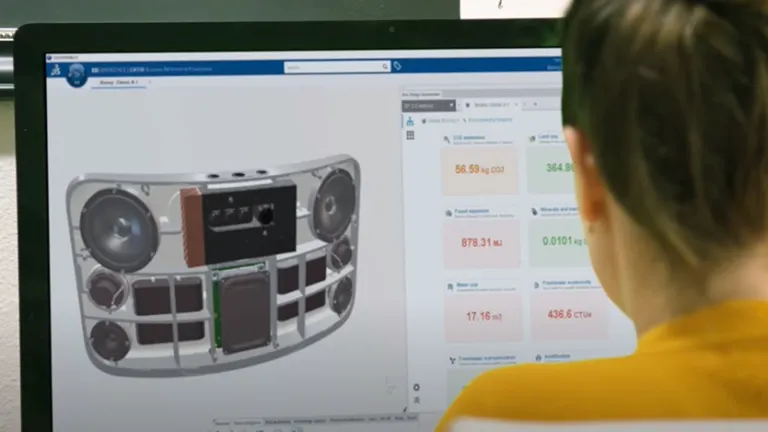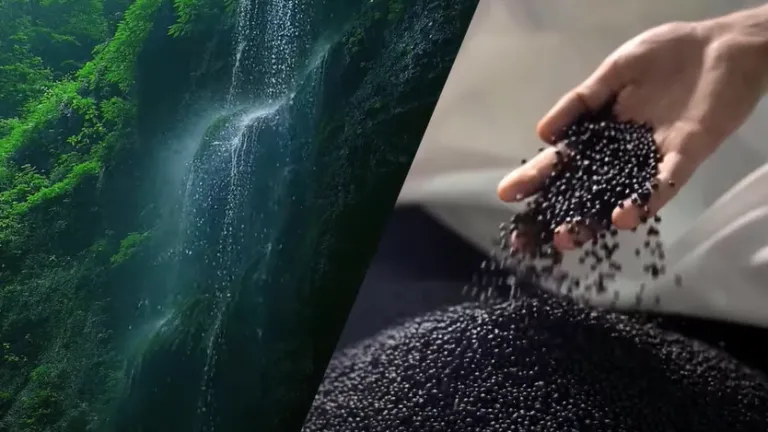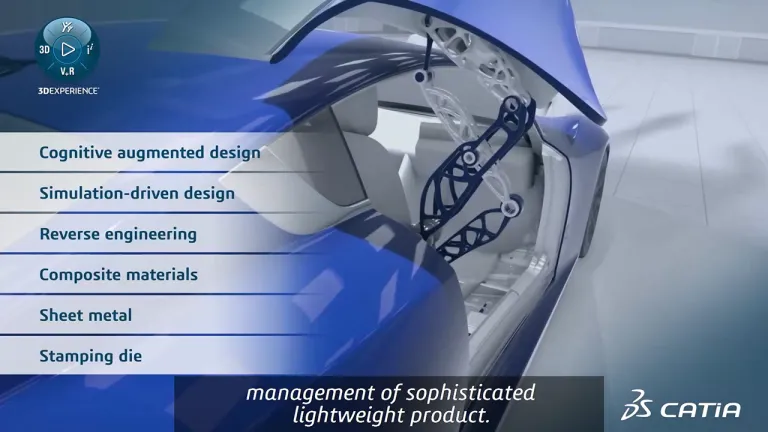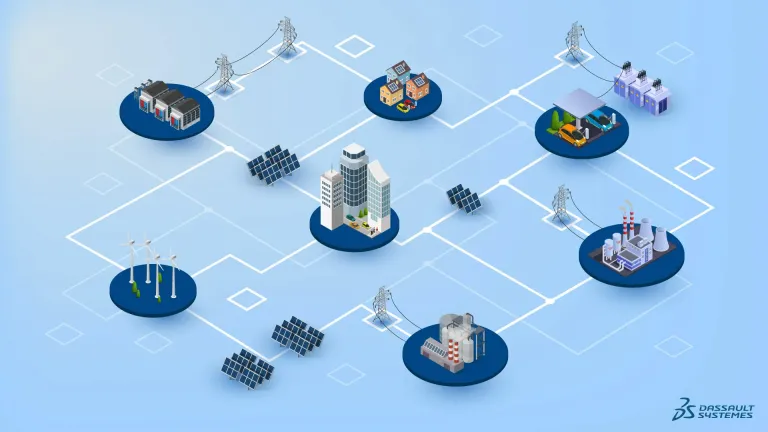Sustainable by Design
Reduce Environmental Impact through Sustainable Design
Shaping Eco-Friendly Products
80% of the environmental footprint of a product is defined during its design. Sustainable design isn't just about reducing environmental impact: it's about efficiency, durability, and responsibility.
It is at this critical stage where design engineers have significant influence, determining crucial parameters such as material selection, manufacturing processes, durability, energy efficiency and recyclability potential. But traditional environmental impact tools and methods are not used early enough in the design process. CATIA advocates a shift towards life cycle thinking, seamlessly integrating sustainability into design. This proactive approach not only promotes ecological responsibility, but also avoids costly and subsequent changes. From the outset, considering sustainability brings many benefits: reduced waste, increased efficiency and competitive advantage.
At CATIA, we believe in harnessing the power of technology to generate positive change. Our mission is to enable companies to create more sustainable products through innovative design. Our Virtual Twin experience solutions provide advanced tools for 3D modeling, simulation and analysis, enabling teams to make informed decisions and achieve these sustainability goals.
Embracing Life Cycle Assessment for Sustainable Innovation
Life Cycle Assessment (LCA), as a comprehensive methodology, provides a multi-criteria view of the sustainability impact of products. It guides eco-design decisions, identifying sustainable materials and processes while minimizing potential hidden pollution costs. Thanks to digitalization and Virtual Twin technologies, LCA is now accessible to development teams, enabling early design optimization and reduced environmental impact.
Unlike pure carbon counting methodologies, LCA evaluates all life cycle aspects of a product, including carbon emissions, but also water use, resource consumption and waste generation, fostering energy and resource efficiency. The integration of LCA method with CATIA's 3D modeling allows companies to manage eco-design effectively.
Eco-design is a Mindset Towards Product Development
Eco-design drives the development of more environmentally friendly products, focusing on resource efficiency and waste reduction. Real data empowers companies to minimize their environmental footprint.
The integration of Eco-design promotes alignment with the principles of the circular economy, extending the lifespan of products and reducing environmental impact. Perform also trade-off studies to elect the best sustainable alternatives. Virtual Twin technology allows eco-design scenarios to be visualized and tested before implementation, paving the way for a sustainable and profitable future.
Unlock Efficiency with Lightweight Engineering
Lighter products help reduce material requirements and use less energy.
The CATIA Lightweight Engineering solution empowers designers to minimize part weight, boost stiffness, and optimize material usage. By thinking outside the box and embracing innovative techniques, companies can meet customer demands while reducing costs. CATIA Lightweight Engineering seamlessly integrates design, simulation, and analysis, enabling collaborative refinement and validation across all disciplines. Get the perfect balance between weight reduction and performance improvement.
Transform your System Thinking
How can we address increasingly complex issues such as sustainability challenges over time?
Design products taking into account life and technical contexts, CATIA enables users to effectively implement sustainability by design, integrating complexity through Model-Based Systems Engineering (MBSE). Understanding interconnected systems ensures smooth operation, compliance with regulations and circular economy principles further advances sustainability. Embrace Systems Thinking in a resilient, efficient and sustainable industrial ecosystem.
Start Your Journey
The world of design is changing. Discover how to stay a step ahead with CATIA
FAQ about Sustainable Design Solutions
Sustainable solutions are practices, products, and technologies designed to minimize environmental impact and support ecological balance. Sustainable by design refers to integrating these sustainability principles from the outset of the design process, ensuring that every decision made—such as material choice, energy efficiency, and product lifespan—contributes to a more sustainable outcome. This approach not only reduces environmental impact but also often leads to innovation and efficiency.
Sustainable design principles fundamentally shape product development by prioritizing environmental and resource efficiency from the start.
These principles guide decisions regarding material selection, energy use, and the overall lifecycle impact of the product, ensuring that it minimizes waste and pollution. By embedding sustainability into the design process, companies can produce products that are not only eco-friendly but also economically viable and socially beneficial.
Technologies such as 3D modeling, virtual twin simulations, and lifecycle assessment tools are pivotal in advancing sustainable design. These technologies enable designers to create accurate simulations and analyze the environmental impacts of products throughout their lifecycle, promoting more informed decision-making.
Additionally, advancements in material science, such as biodegradable composites and recycled materials, further enhance sustainable design practices.
Sustainable design contributes to a circular economy by ensuring products are designed to be reused, recycled, or remanufactured at the end of their life cycle. This approach minimizes waste, extends product lifespans, and reduces resource extraction by keeping materials within the economy. By integrating principles like modularity, durability, and recyclability into product design, sustainable design fosters an economy that is restorative and regenerative by nature.
Sustainable building design reduces the carbon footprint of urban developments by:
- incorporating energy-efficient systems,
- renewable energy sources,
- environmentally friendly materials.
These designs often feature solar panels, green roofs, and efficient insulation, which minimize energy consumption and reduce reliance on fossil fuels. Additionally, sustainable architecture promotes the use of local and recycled materials, further decreasing the overall environmental impact of building construction and operation.
Also Discover
Learn What CATIA Can Do for You
Speak with a CATIA expert to learn how our solutions enable seamless collaboration and sustainable innovation at organizations of every size.
Get Started
Courses and classes are available for students, academia, professionals and companies. Find the right CATIA training for you.
Get Help
Find information on software & hardware certification, software downloads, user documentation, support contact and services offering







